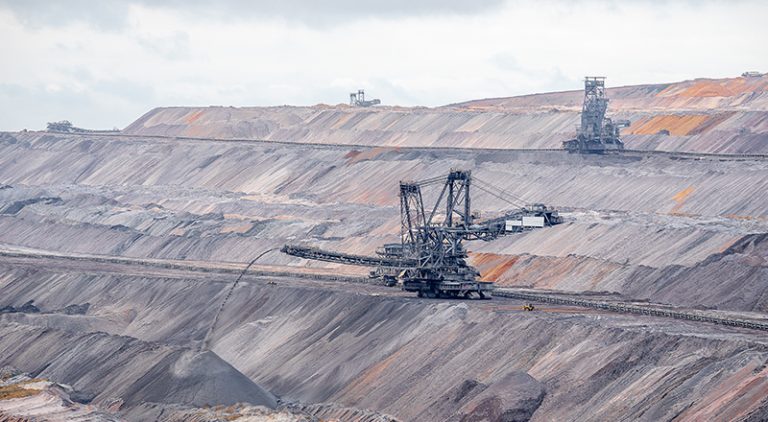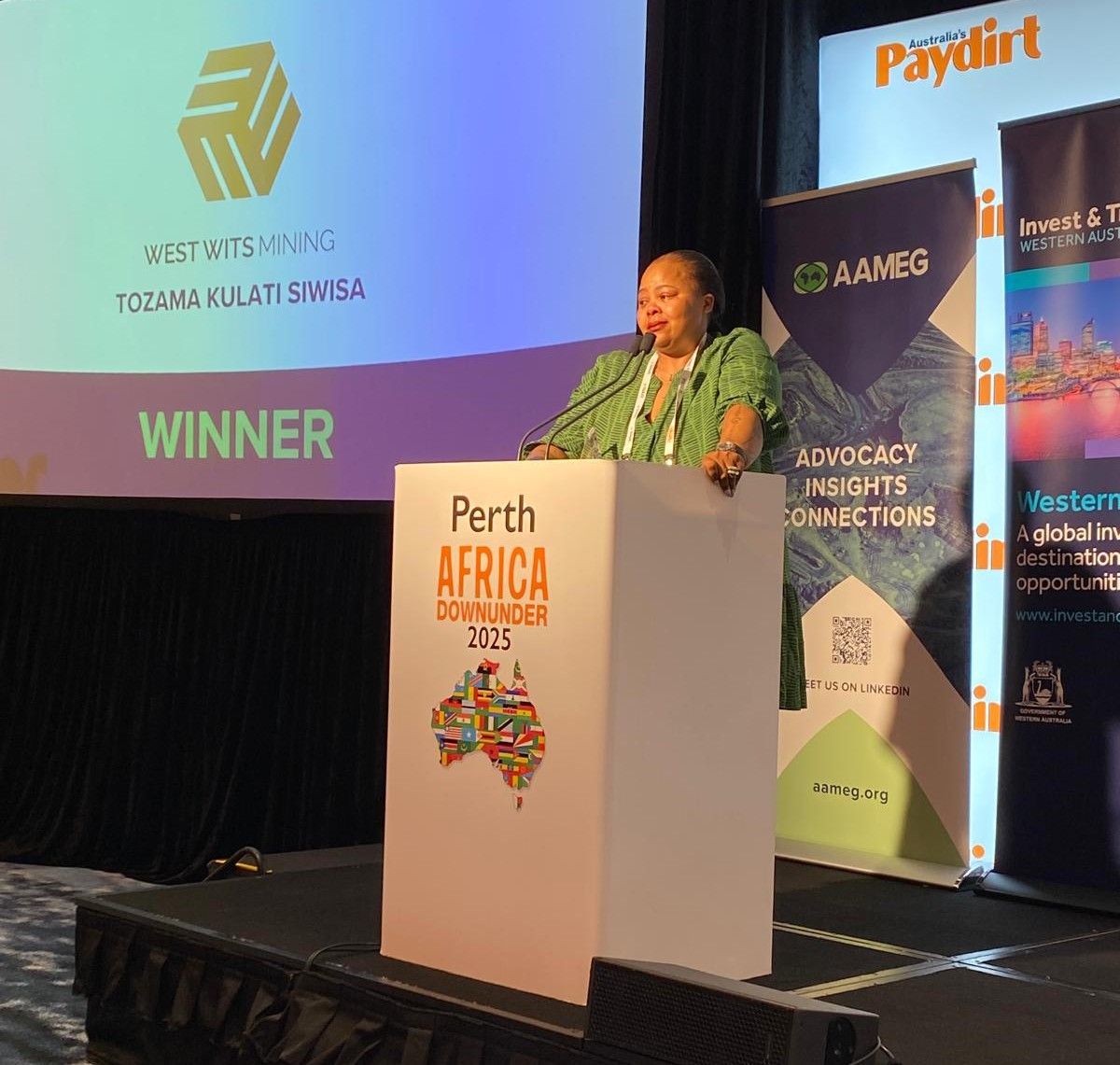Published in Paydirt
March 2024
Indaba Review
West Wits Mining Ltd has taken the unprecedented step of directly engaging illegal miners at the Qala Shallows project on the fringes of Johannesburg and has persuaded them to vacate the licence area.
West Wits is on the cusp of production at Qala Shallows where the company plans to ramp production up to more than 70,000 oz pa over three years once a final round of regulatory approval is granted.
Permission to start mining is expected within the next two months and West Wits aims to start with an existing box cut, before renovating a historical decline to the reef. The Kimberley Reef will be the next cab off the rank and the company also has an ambitious exploration schedule lined up to the east of Qala Shallows, along with a longer-term ambition to investigate a possible downward dip to the south.
Challenges the company faced renovating historical mines are compounded by the overcrowded area where illegal mining activity is rampant. Illegal operations are a problem across the Witwatersrand Basin, with criminal enterprises breaking into historical shafts and underground mines, often using highly dangerous methods.
West Wits decided to take the unorthodox approach of engaging directly with the leaders of the Zama Zama (illegal miner) groups in the area. West Wits executive director and head of corporate services Tozama Kulati Siwisa said even though she knew responsibility for dealing with illegal miners fell squarely with the police, she was reluctant to further anger illegal miners with uncouth negotiation tactics.
“It’s not really the company’s job to deal with illegal miners,” Siwisa said. “However, I believe in a proactive stakeholder engagement process. If you send the police to them and throw your paper, resentment grows.
“I remember speaking with my former CEO and I said, ‘we have never spoken with these people, so we don’t know whether they would want to move or not.’
“I am trained in stakeholder engagement. From illegal miners to the government, it is not my job to engage with police and consider the people I speak with.”
Of course, we were also speaking with the Johannesburg Metropolitan Police and the South African Police Service. Should there have been resistance to our request for the illegal miners to move on, we would have engaged the police but there was no hostility that we, as an organisation, felt would have necessitated that.”
Siwisa said she felt some apprehension about speaking with the Zama Zamas but a combination of blind innocence and faith in humanity saw her commit to dialogue. She said her training and experience in stakeholder engagement helped her to set and adjust the expectations of both parties.
“We might not like to believe that we are in a relationship with them, but we are,” Siwisa said. “Some of the remnants of those illegal mining groups can still be seen in nearby properties, we cannot shy away from the fact that these people are there.
“I am trained in stakeholder engagement and I think if they are in the area where we plan to work, then they are somewhat stakeholders.”
Siwisa credits West Wits’ head of security with making the initial contact. She said the company intended to find a contractor with local knowledge and connections when searching for mine site security.
“The credit goes to Results [Security Services] and our head of security, Reasson Dube, he did a fantastic job,” Siwisa said. “He has been working in the area for a long time. I started engaging with the illegal mining groups through him and sometimes with him. It was our responsibility to remove them before we could start construction.
“Reason said, ‘before we call the police, let’s start speaking with them and ask if they can move.’ No one had ever done it, it was trial and error, even for us.”
Speaking with the leaders of the illegal mining groups is an alien concept for the South African mining industry. Siwisa said she had to get her head around the complexities of hierarchy of illegal mining groups and how they function.
“You must remember, the illegal miners are structured, there were six or seven leaders within that group of illegal miners,” Siwisa said. “We said to them, ‘we’ve been granted a mining right in this area and we therefore request that you vacate the area.'”




